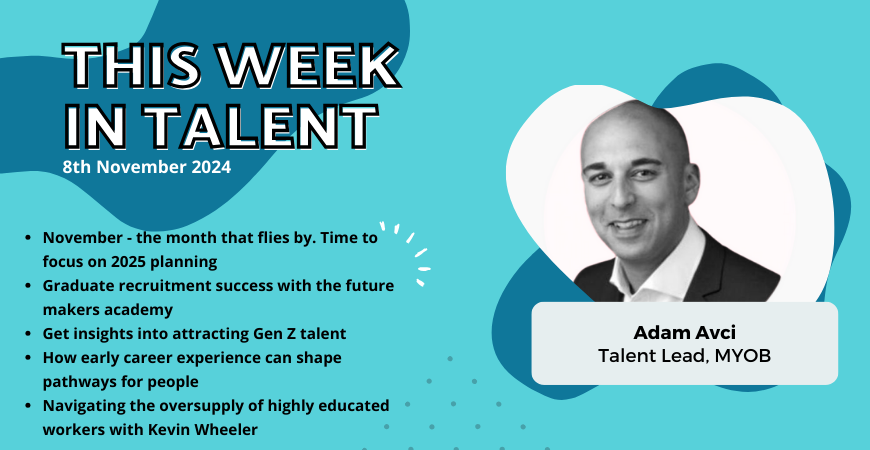The Talent Acquisition landscape has gone through evolutions. The recruiters’ conferences have shifted the focus topics from Sourcing to Engagement, Employer Branding, Recruitment Marketing and lately in the last couple of years predominantly Technology and Artificial Intelligence (A.I.).
The market of A.I. is expected to grow from $8B to $47B by 2020 in all disciplines and HR is no exception. So unsurprisingly we see new startups emerging the market to capitalise the future need of Artificial Intelligence in Talent Acquisition.
But WAIT… where are we heading to?
I want to take a pause, look back and then understand where we are heading to, instead of just being a part of this race without knowing the finish line.
Candidates’ Evolution Journey
Did anyone think about how the candidates evolved themselves during this tremendous transformation journey starting from printed ads to Artificial Intelligence?
- To counter internet based recruiting, candidates became experts of using Microsoft Office, visiting careers websites and applying online to job boards like Monster, Career Builders and SEEK etc.
- To counter social media recruiting wave, we find millennials who are active LinkedIn users, fast adapters of technology and active on all SM channels like Twitter, Facebook, YouTube etc.
- The new wave of tools like Video Interviewing and Gamification are gradually developing a candidate breed which is not camera shy and adapting themselves to the virtual reality.
The “Counter Artificial Intelligence” Era!
As most of the future-oriented organisations believe that A.I. is the way to go in recruiting the right Talent to fill their current needs and future pipelines, how many have thought and analysed the next phase after A.I. integration?
We have seen candidates adopting and absorbing all innovation waves, and I predict the next wave of Artificial Intelligence adoption will be, what I call the “Counter Artificial Intelligence”.
Here is how the post-A.I. era of Talent Acquisition looks like:
- Candidate Serving Bots: Startups and innovative minds will develop equally good or even better bots for candidates to sneak into to the analytics of different organisations to predict the needs and make them as “proactive candidates” by engaging with the employer’s bots on candidate’s behalf!
- Counter-screening algorithms to bypass the current A.I.-based screening tools to place candidates on top of the applicant list! Can’t believe that? It’s been happening for years where smart candidates update their resumes to match and highlight the keywords for jobs to stay on top of the list. But this time, bots will do it automatically using natural language. Natural Language Processing (NLP) will be used as a tool to counter NLP screening algorithms. The stronger bot will win.
- Social Media bots to feign candidates as thought leaders and subject matter experts, and develop online rapport on behalf of candidates. Different thought-provoking articles might be written and commenting on highly intellectual topics using A.I. for candidates (at a smaller scale, it is already happening on social media sites for trend-setting etc.).
- Video Interview Enablers – Artificial Intelligence will learn and crack through how major A.I.-based video interviewing platforms process information of text and visual, and coach them how to reply questions, using the optimum words density, vocal pitch and facial expressions etc. Candidates will have higher success rates for the initial video interviews screening!
- Candidates A.I. Assistants for Phone Screening. The concept of phone screening will either be completed eliminated and replaced by video screening or the candidates’ A.I. Assistants will be picking calls on the other side. Google Duplex is a recent example of making it impossible to differentiate between human and machine.
Where would we end up?
There will be a clear mistrust between candidates and employers unless artificial intelligence usage is regulated and governed globally. Unleashing this “animal” will end up in chaos, and there is not much time to think about it rationally.
Ultimately, human recruiters will have to handle human candidates to make the system work. And some organisations will probably end up by putting “we use 100% human recruiters” as part of their branding by 2020.
Cover image: Shutterstock
This article first appeared on LinkedIn on 5 June 2018.





























